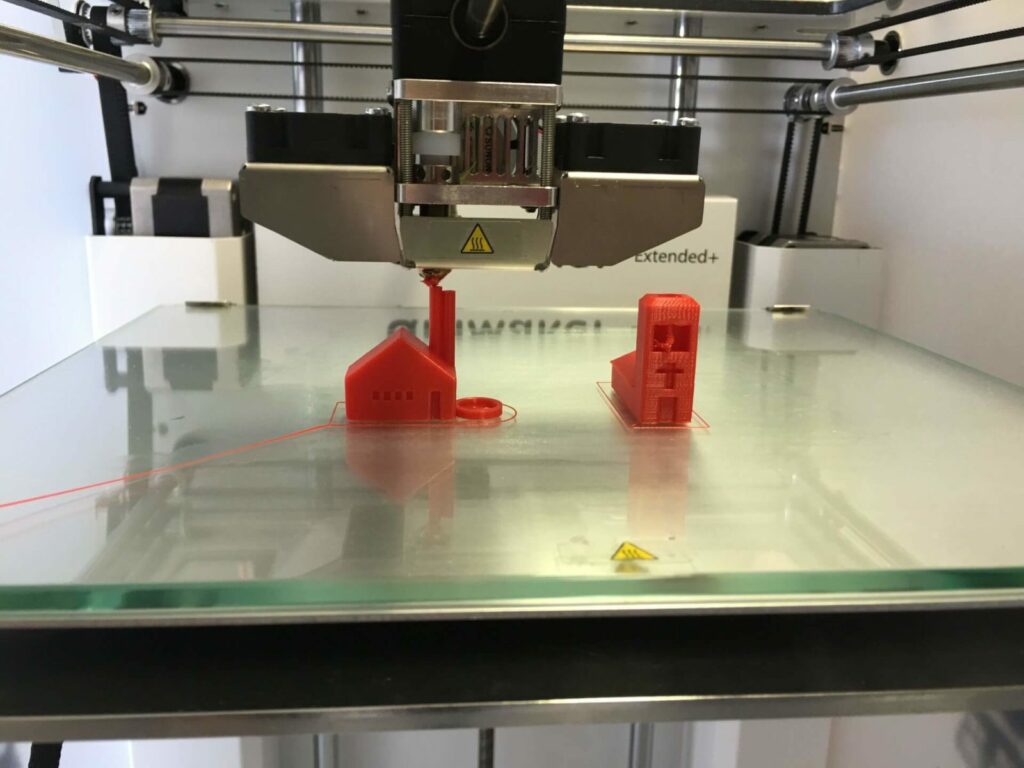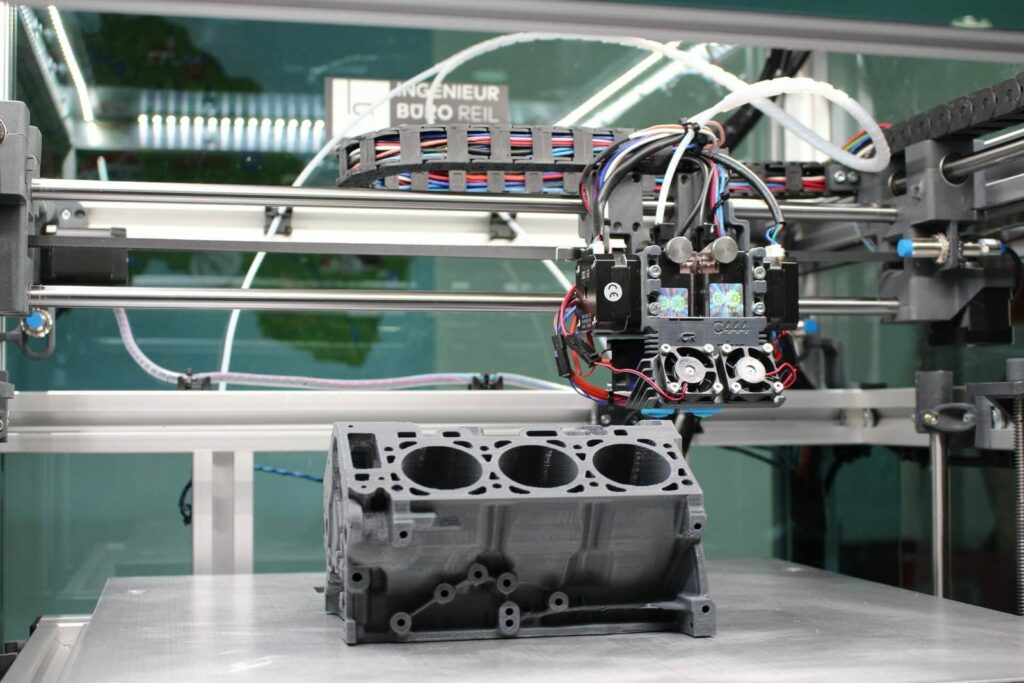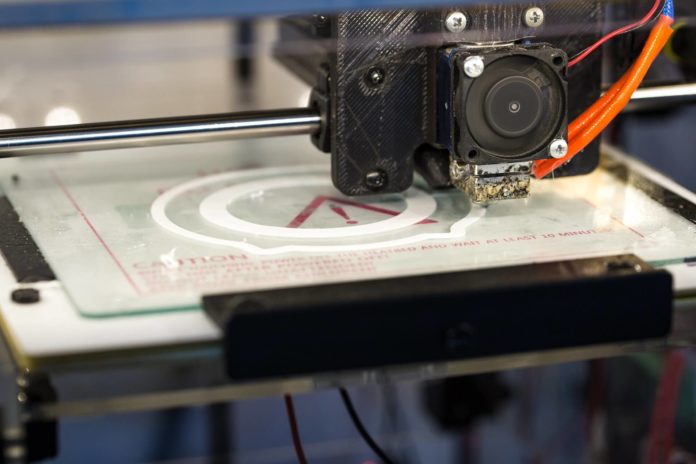The promise is real: additive manufacturing can contribute significantly to machine shop workflow, and stimulate creativity.
Although it’s true that additive manufacturing holds tremendous promise, some machine shop owners may remain skeptical about the place for 3D printers. Even if there are still a few practical limitations, 3D printers can contribute significantly to the manufacturing workflow, and stimulate the creative process.
Here are six reasons that machine shop needs a 3D printer:
1. Easier experimentation
Have you ever sketched something out on a scrap of paper? Some unique or exceptionally thoughtful design that you wished you could test out right away in the real world? Adding 3D printing to your design process is a way to do just that.
Thanks to these printers’ ability to rapid-prototype your designs, you can churn through multiple iterations — even reusing some material along the way — and arrive at a functional product much more easily than with traditional prototyping and manufacturing.
2. Customized components
Not every design you execute is intended for sale. If you’re in the machining game, you know there are lots of occasions to make your own parts and keep your equipment in good repair. CNC machining and 3D printing both provide the ability for us to become our own mechanics and OEM-quality parts providers. However, the versatility and practicality of 3D printing makes them even better suited to internal use than CNC machining.
Part of the reason is that CNC machine-time is valuable — but a 3D printer is comparatively inexpensive and still lets you design your own OEM-quality and bespoke parts on a regular basis without tying up the machines you rely on for polished, store-shelf-ready products. It’s like a little machine shop of its own, standing ready to keep the rest of your devices in good working order.
3. Small-batch production
These are the days of crowdfunding and, with any luck, a boom in entrepreneurship to go with it. That means small product design companies are popping up all the time, solving unique or wonky problems or improving existing products. While some of these crowd-funded small business owners show up cash-in-hand thanks to IndieGoGo and Kickstarter, it doesn’t always mean they can find a shop that wants to do small production runs.
3D printers — compared with CNC machining and milling — are more efficient when designing and manufacturing smaller batches, and especially for small quantities with intricate design details. If you want to improve your ability to meet demands large and small, adding a 3D printer to your shop could help make you the destination of choice for small upstarts with big ideas.

4. No material compromises
If there’s any stigma left about 3D printing, it’s the idea that it only churns out cheap-looking plastic parts that won’t hold up to heavy use. It’s true that hobbyist and entry-level machines don’t have the same capabilities as more industrial-scale printers, but the truth is that modern additive manufacturing requires little or no compromise in material choice.
There are, of course, many reasons to work with plastics, including lighter-weight components for prototyping. But adding a high-quality 3D printer to your shop now means bringing the benefits of printing to production programs involving aluminum, stainless steel, and titanium, among others.
5. Reducing material waste
It’s a problem that’s needed to be solved for a long time. Lots of industries that commonly work with metal, including aircraft manufacturing, waste a considerable volume of raw material thanks to traditional milling and machining. Some estimates say that before the advent of 3D printers, aerospace manufacturing wasted up to 90% of the raw materials and several billion dollars a year in the process.
Printers can significantly reduce this heretofore “necessary” waste of materials and even use less energy while they do so. They do this just by how they work. In conventional machining, material is removed and discarded while in 3D printing, material is only added.
The possibilities only get more exciting from there. Not only can you use fewer resources, but you can also reuse “failed” prints at a later date to make something else entirely.

6. More streamlined workflow
Most production technologies won’t catch on if they don’t save time and reduce the effort required to complete a project. With that in mind, the final reason that your shop needs a 3D printer is to streamline workflow.
Many of the steps associated with CNC machining and 3D printing are the same. You still need a useful design, and you still need computer programming knowledge. However, printers cut out a lot of the technological “middlemen” that CNC requires, including the CAM software that creates the toolpaths that designs require. Instead, printers use built-in “slicing” algorithms to write up the code required to “build” it.
From the “maker” community that’s sprung up around hobbyist uses of 3D printers, to the largest-scale industrial manufacturing concern, 3D printers are exciting to anyone who designs and builds for a living or for fun. Whether your shop is large or small, eventually it’ll have one of these brilliant machines standing at the ready.
















































